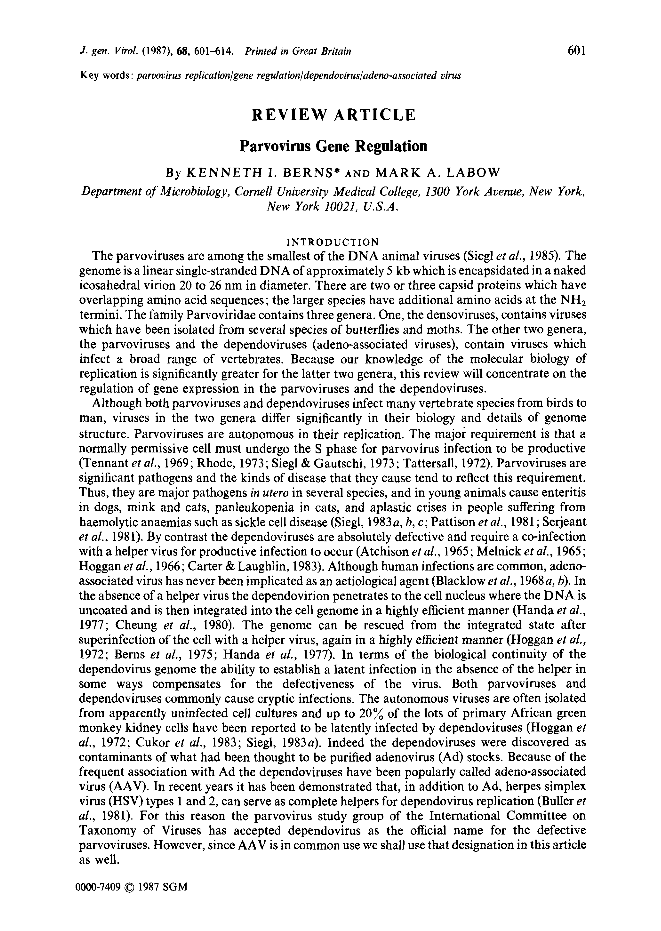
Full text loading...

Parvovirus Gene Regulation, Page 1 of 1
< Previous page | Next page > /docserver/preview/fulltext/jgv/68/3/JV0680030601-1.gif
There is no abstract available.

Article metrics loading...

Full text loading...
References


Data & Media loading...
